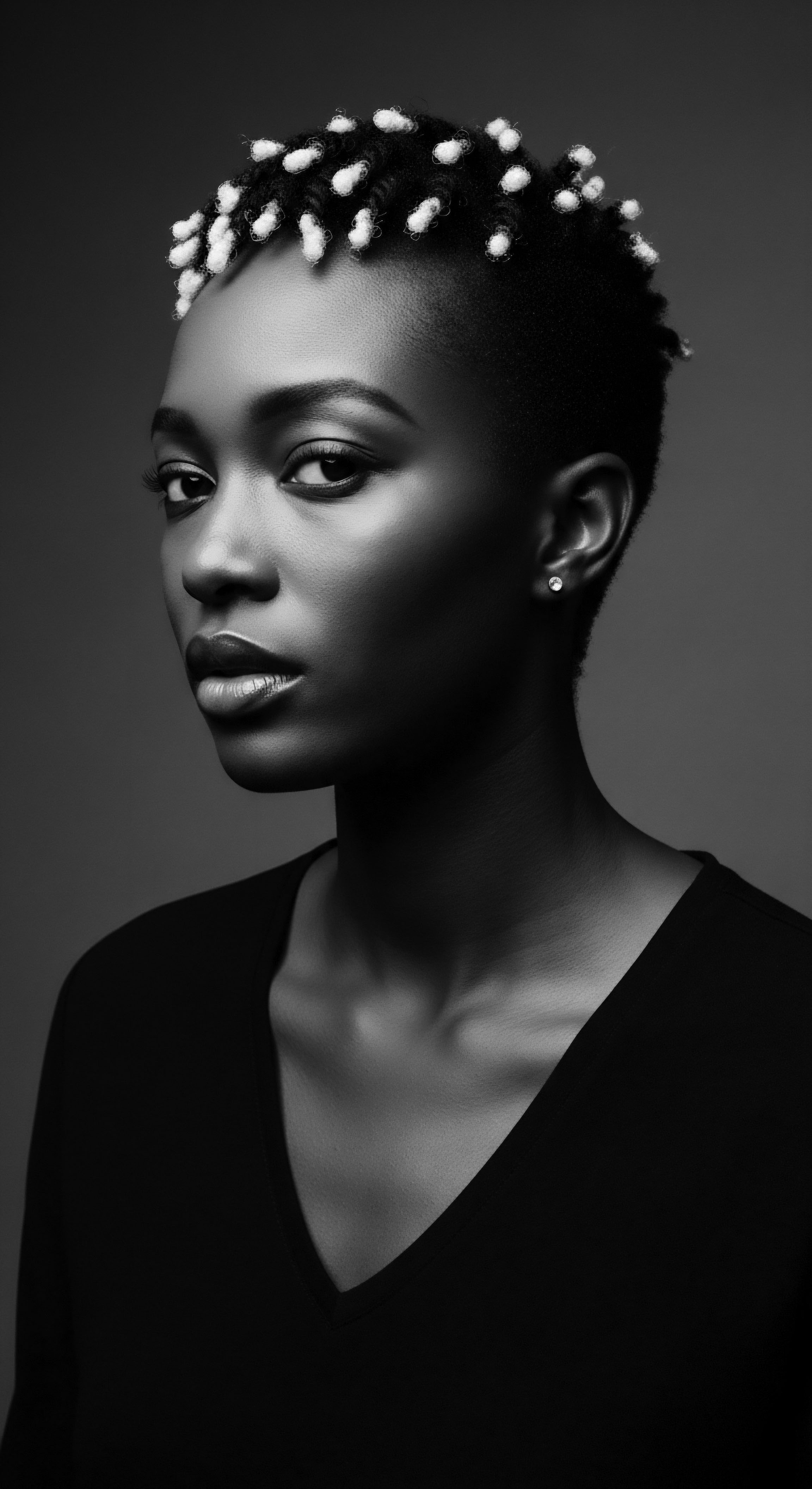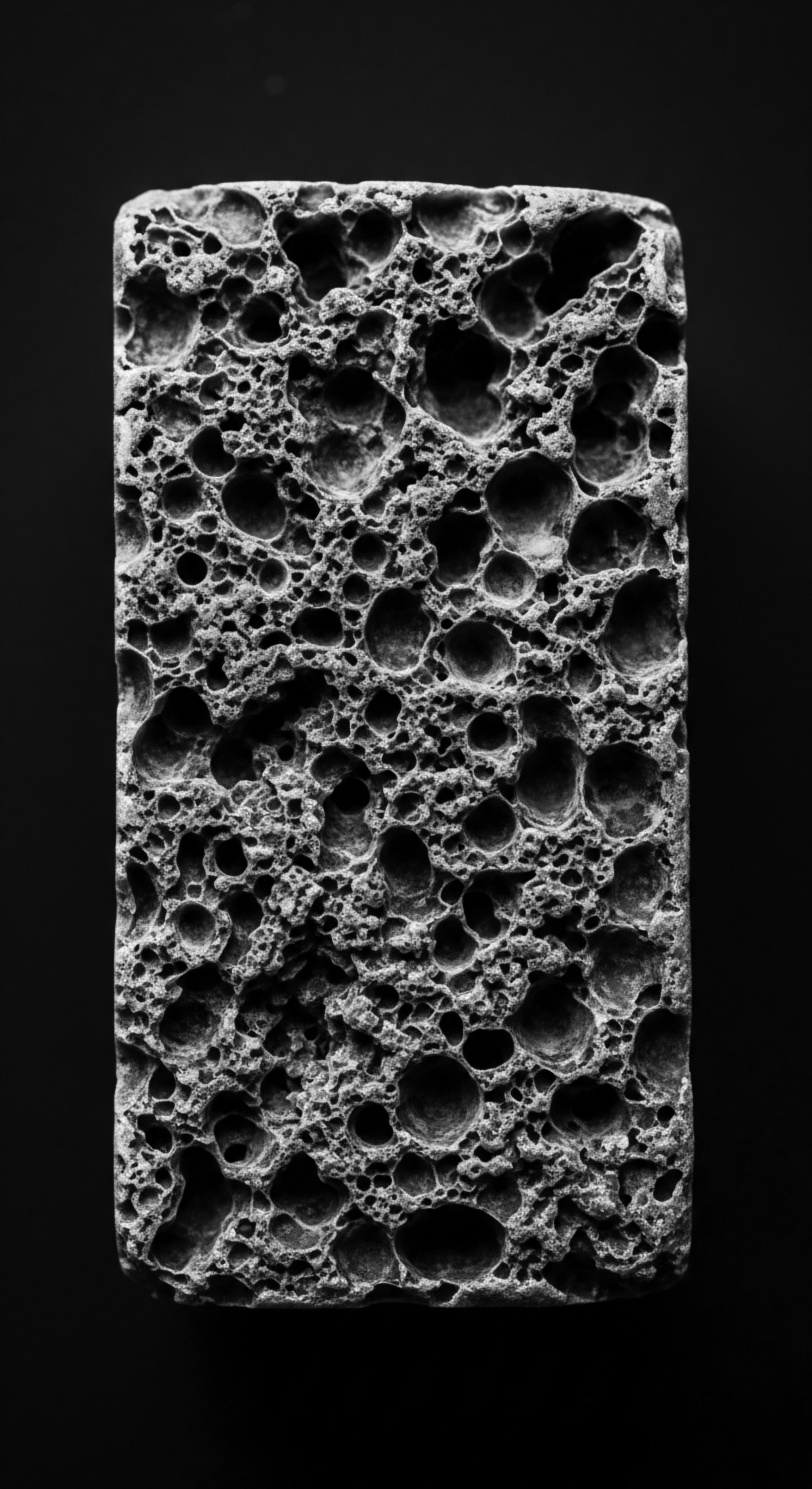
What historical sun protection methods for textured hair existed?
Historical sun protection for textured hair involved natural oils, butters, and strategic styling, deeply rooted in ancestral heritage.
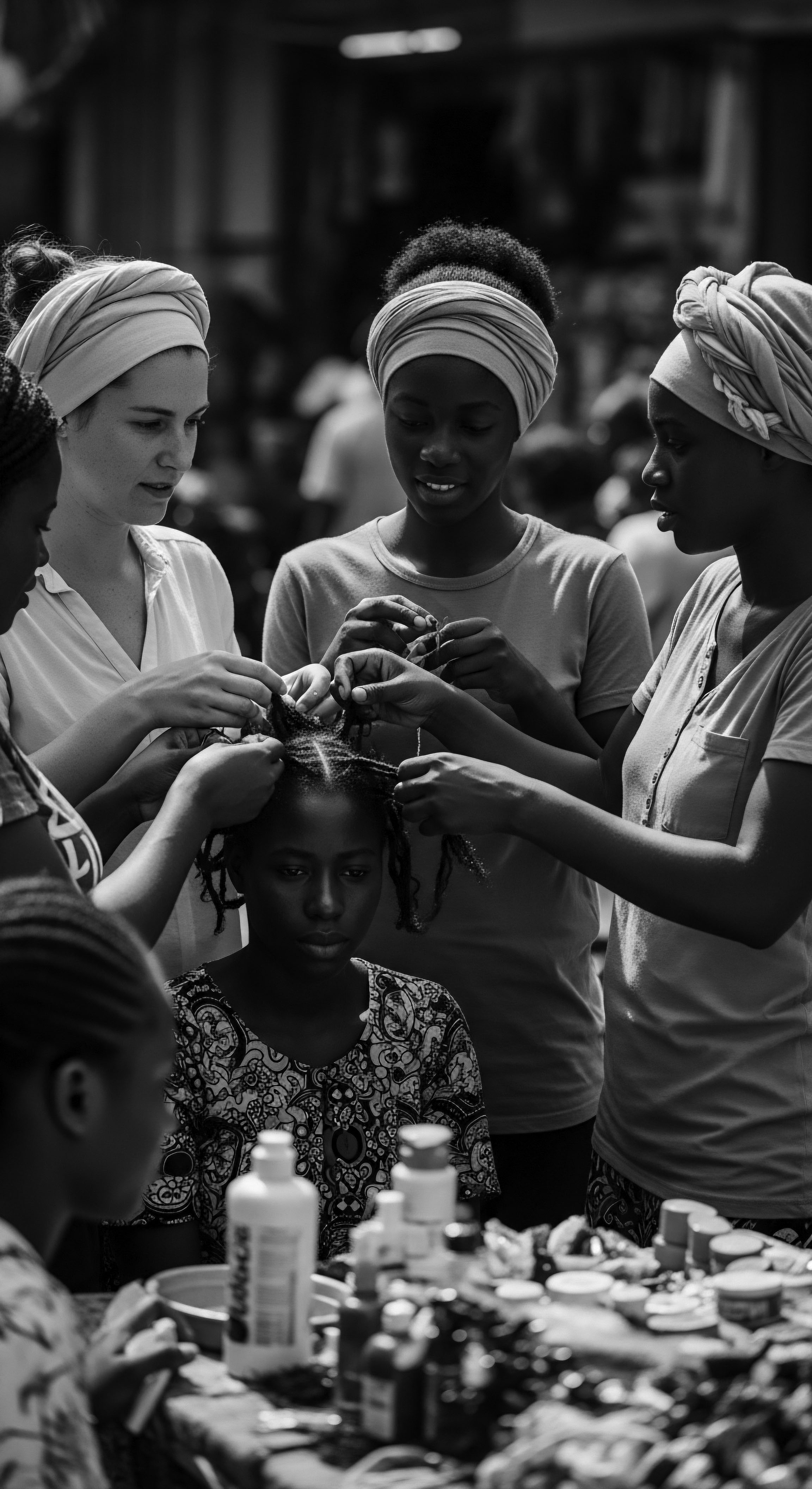
What biocultural insights do historical head coverings provide for textured hair heritage?
Historical head coverings reveal how ancestral practices biologically protected textured hair while expressing deep cultural identity and heritage.

How did ancestral head coverings shield textured hair?
Ancestral head coverings provided vital physical protection for textured hair, shielding it from environmental harm while embodying deep cultural heritage.
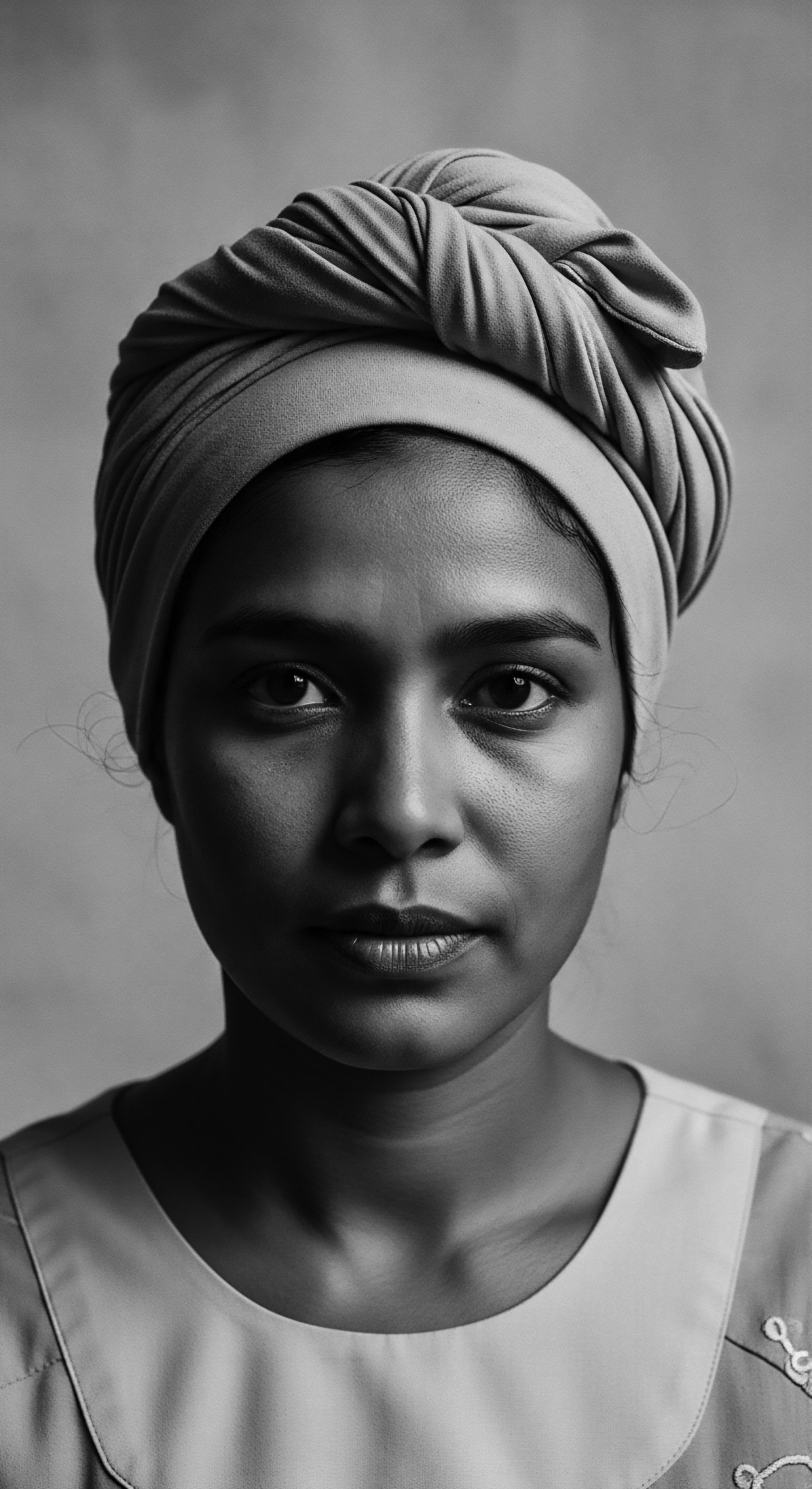
How do historical practices of head covering influence modern textured hair protection?
Historical head coverings, from wraps to caps, shaped modern textured hair protection by reducing friction and maintaining moisture, embodying ancestral wisdom.
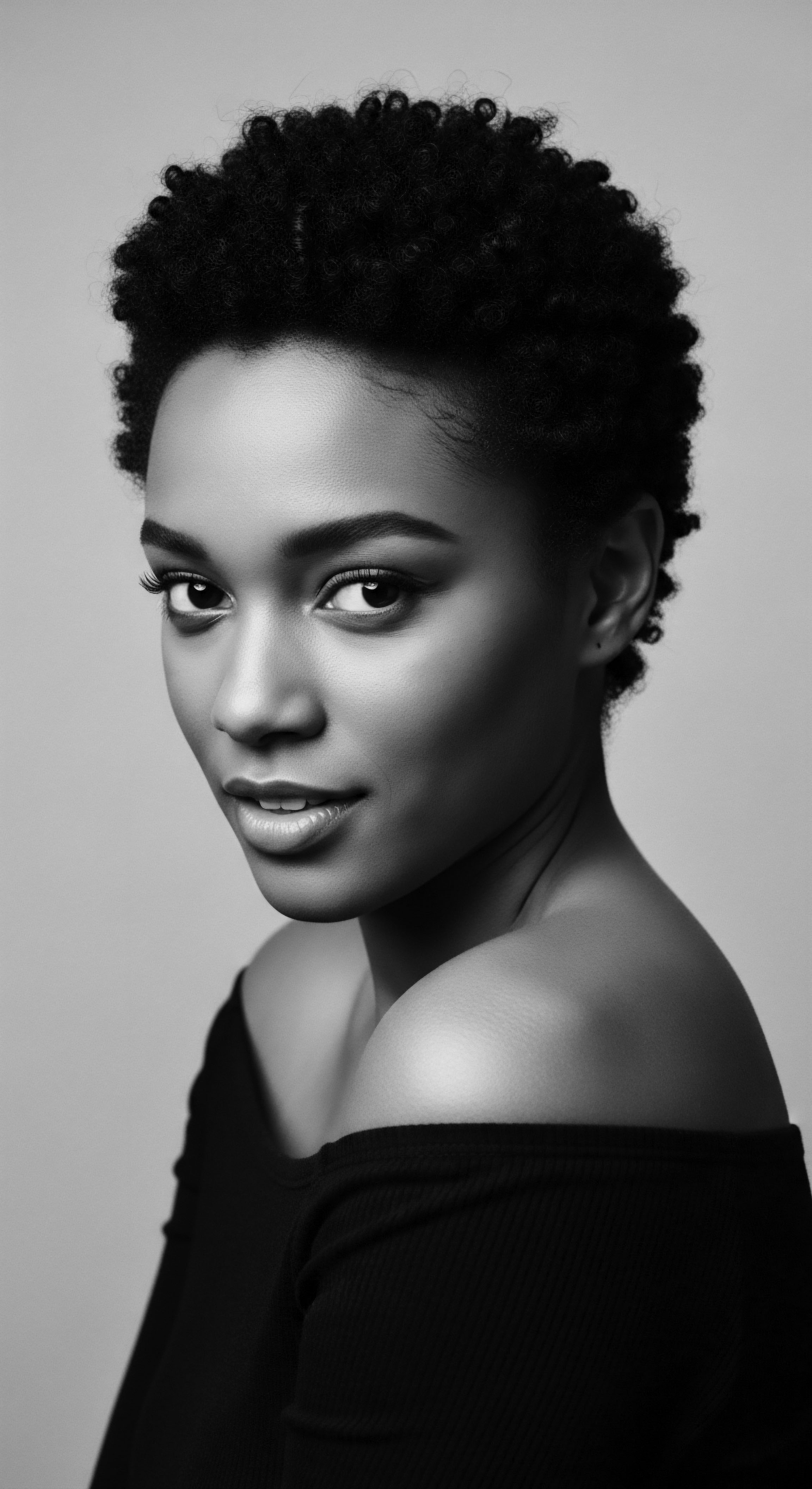
Can headwraps enhance textured hair health and moisture?
Headwraps enhance textured hair health by creating a protective environment, reducing friction, and preserving moisture, deeply rooted in ancestral care practices.
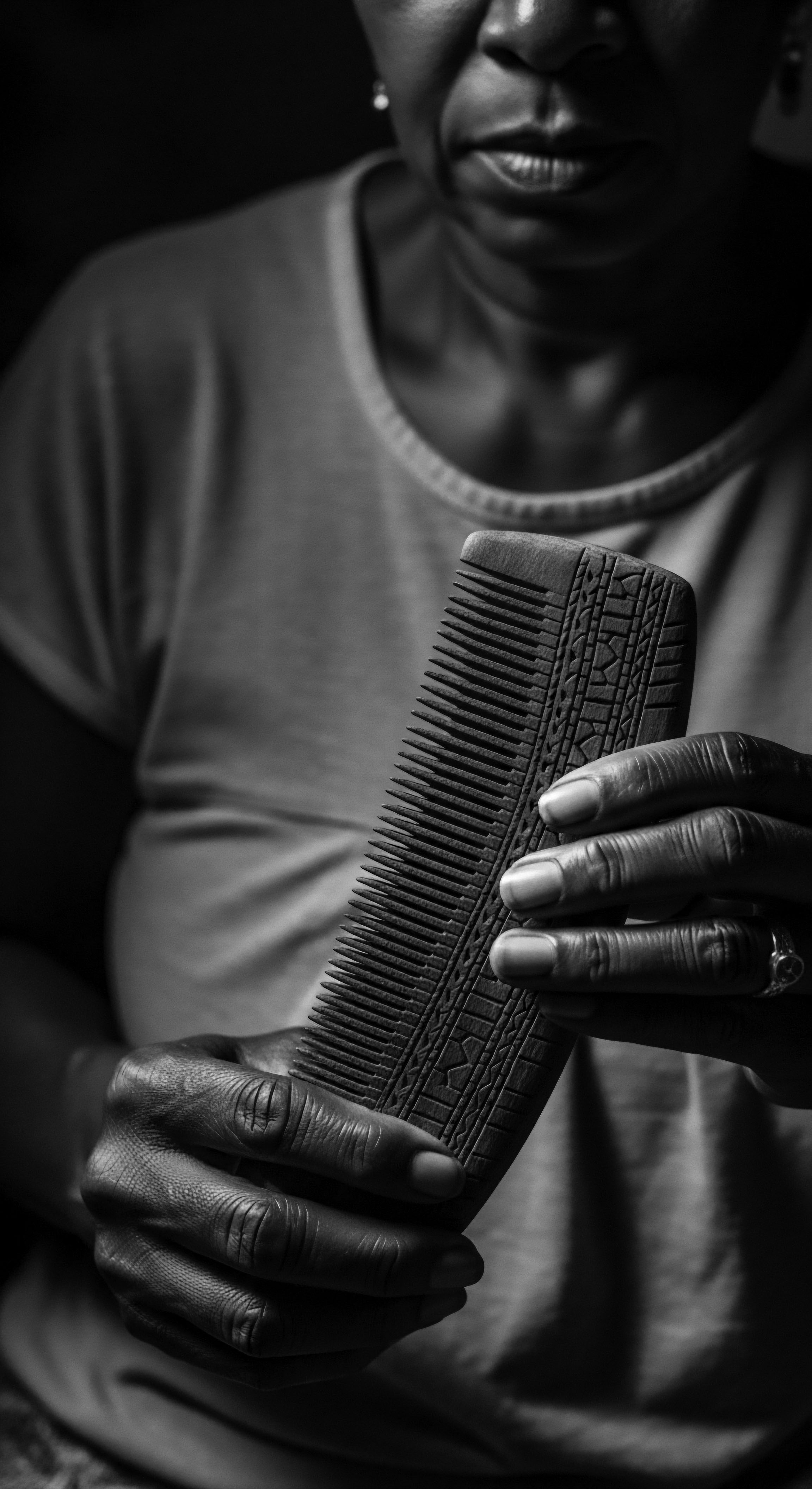
What is the cultural meaning of bonnet usage for textured hair?
Bonnet usage for textured hair signifies a cultural commitment to protection, moisture preservation, and the celebration of Black hair heritage.
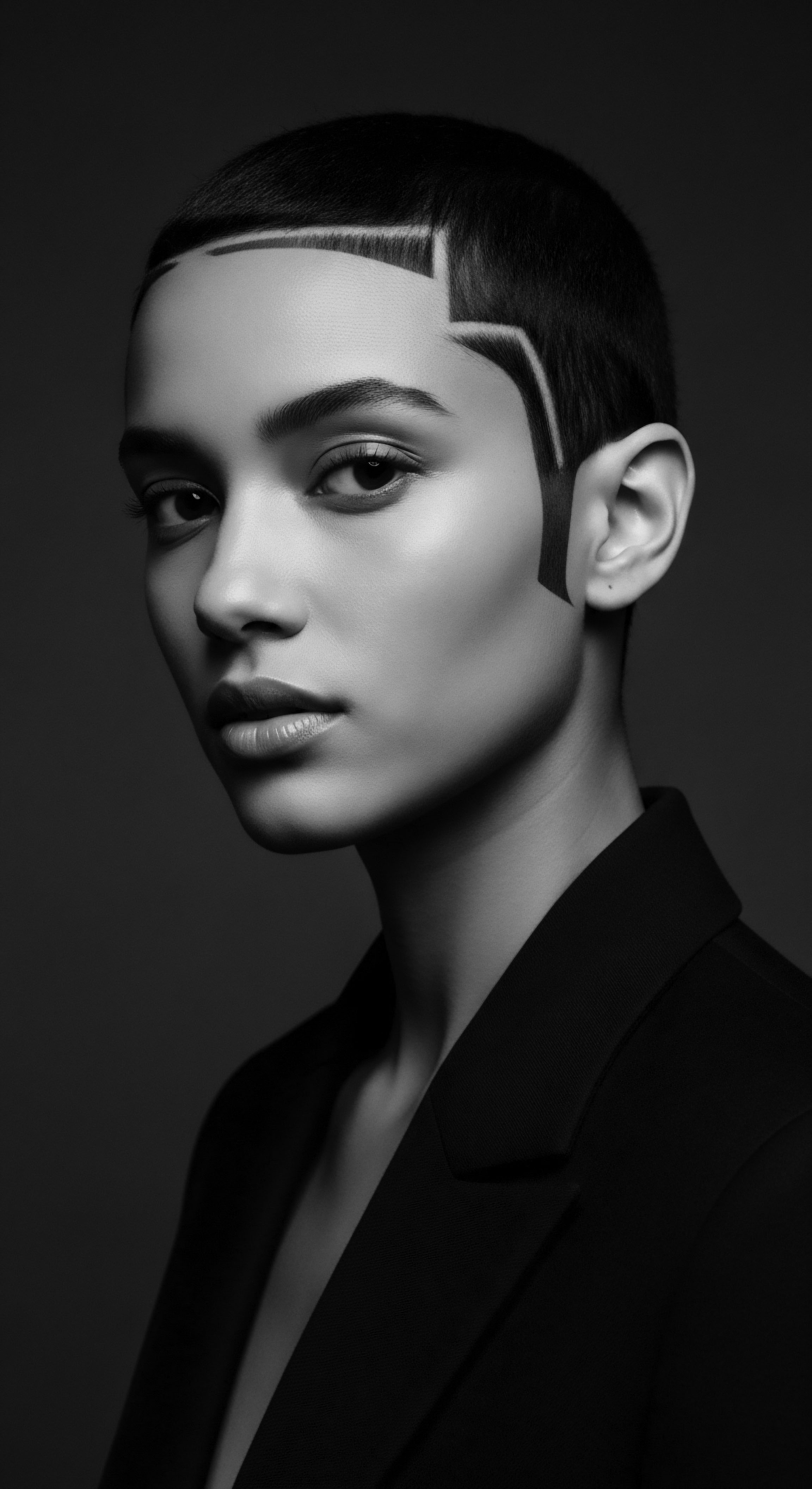
What role did head coverings play in protecting historical hair?
Head coverings physically shielded hair from harm, maintained moisture, and became symbols of cultural identity and heritage for textured hair communities.
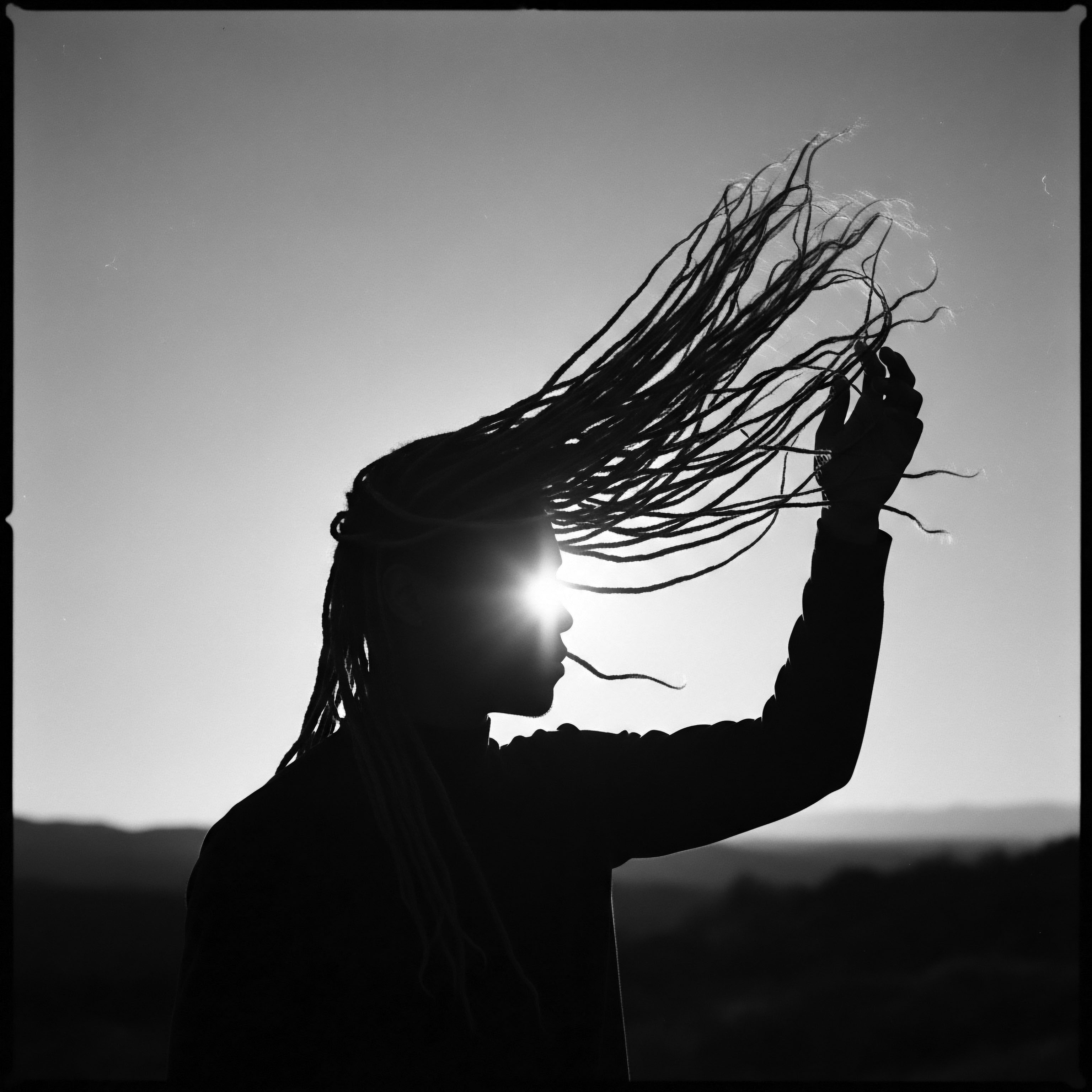
How did head coverings protect ancient textured hair?
Ancient head coverings preserved textured hair by providing physical defense against elements and retaining moisture, a practice steeped in rich heritage.
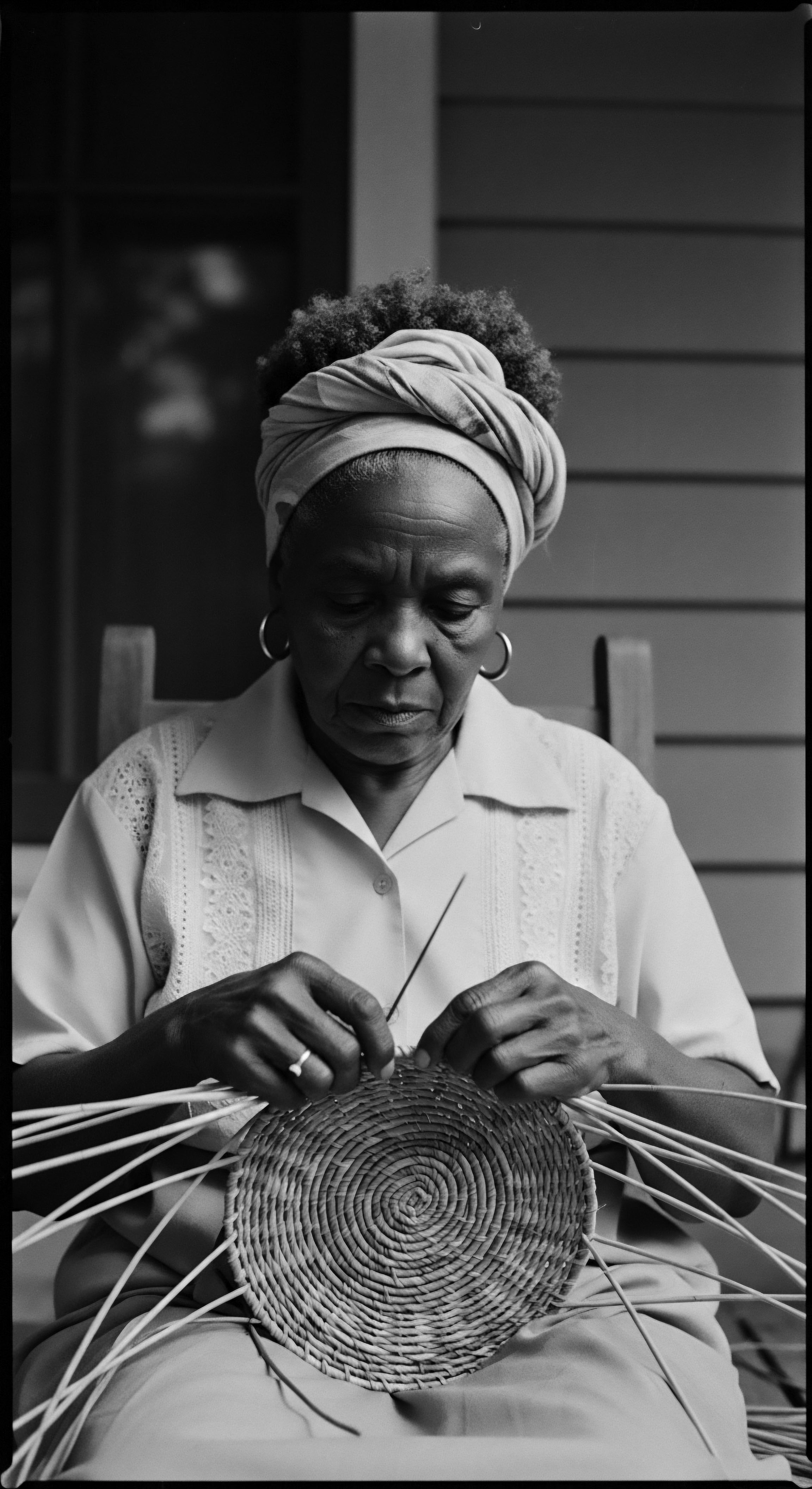
What cultural heritage does the modern hair bonnet represent?
The modern hair bonnet represents a deep cultural heritage of protecting textured hair, born from ancestral practices and resilience.
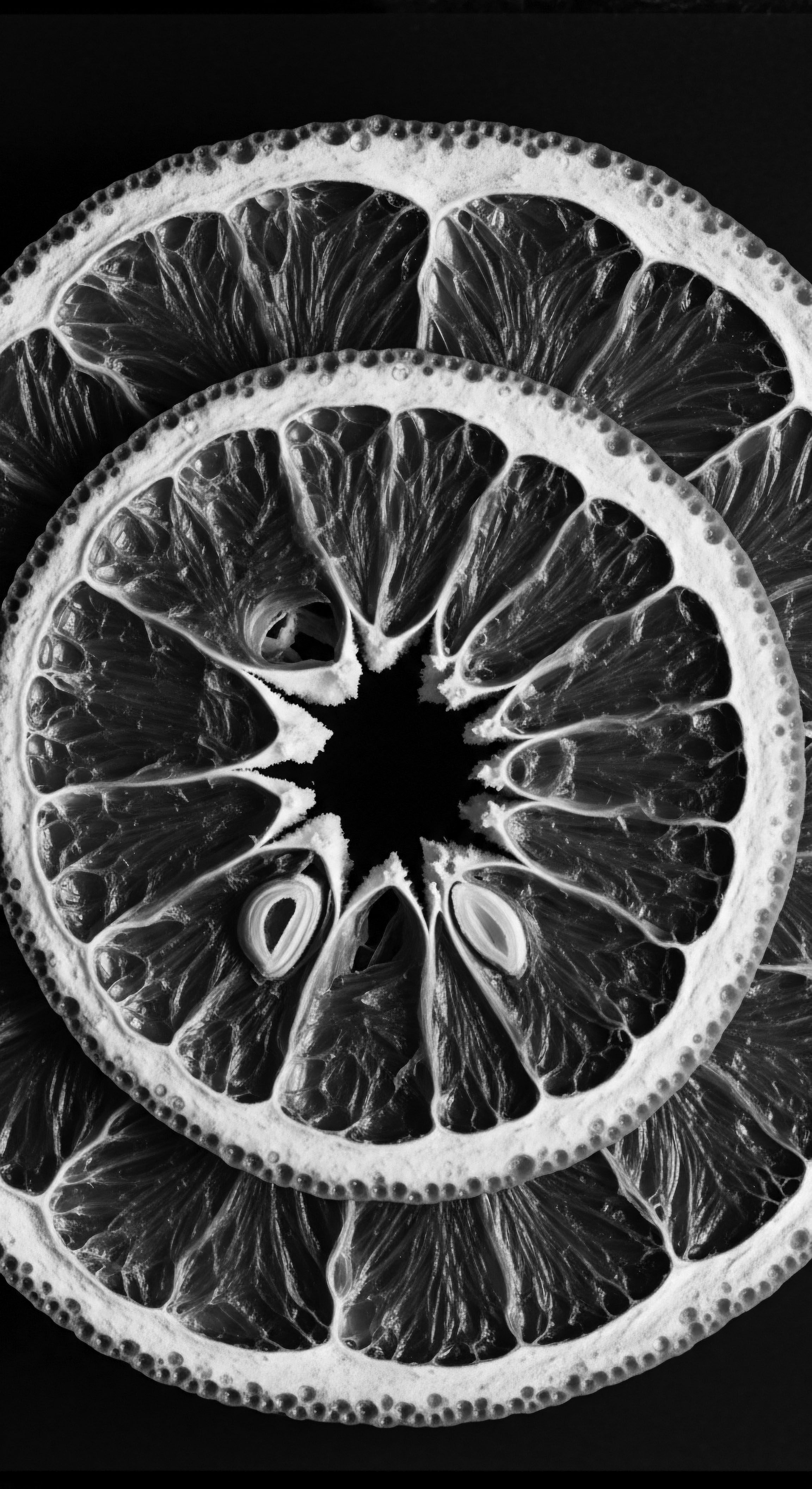
In what ways do bonnets represent a continuation of diasporic self-care heritage?
Bonnets extend ancestral self-care practices by protecting textured hair from damage and preserving styles, embodying a legacy of resilience.
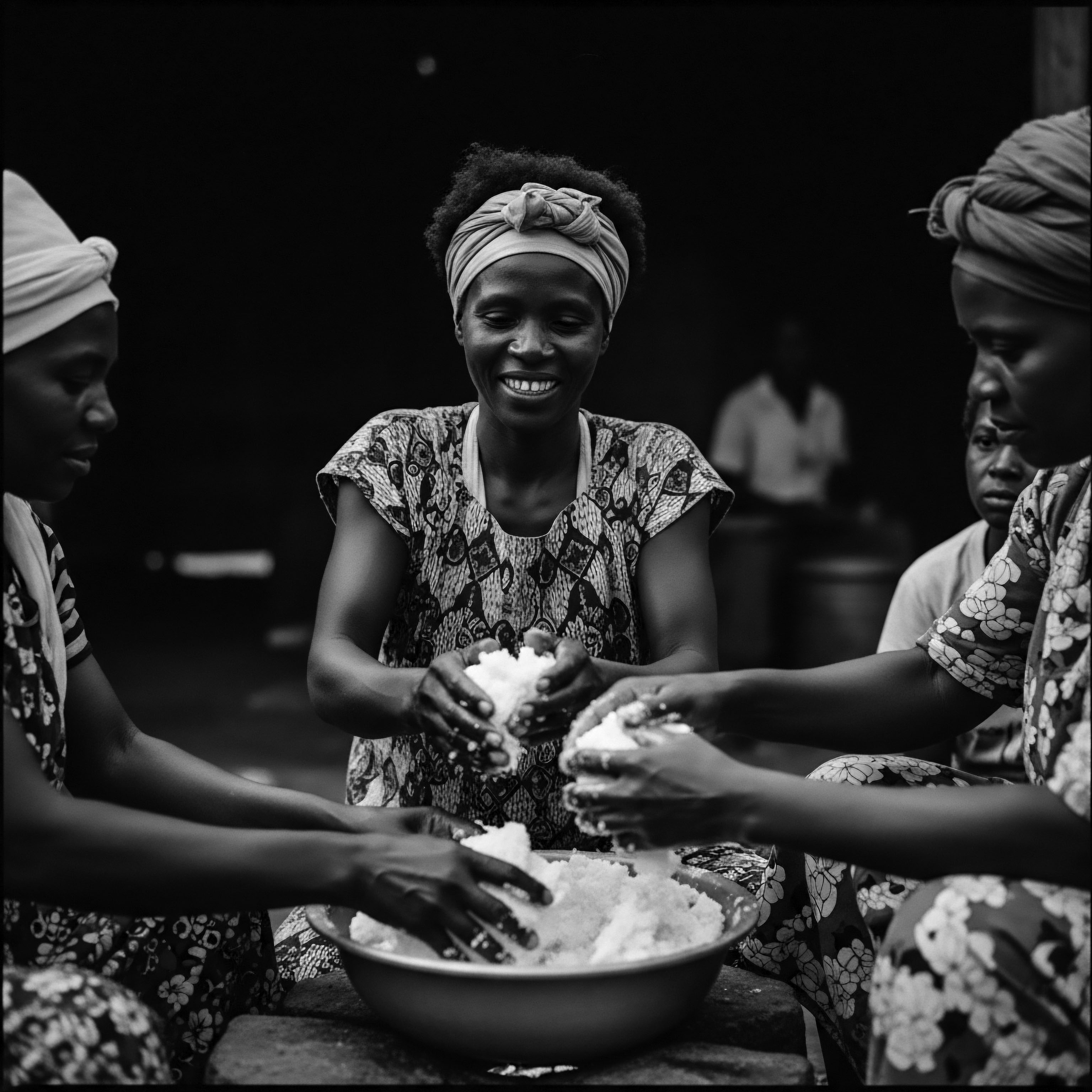
How do historical head coverings relate to modern hair care for textured hair?
Historical head coverings shaped modern textured hair care by offering protection, preserving styles, and symbolizing cultural heritage and resilience.
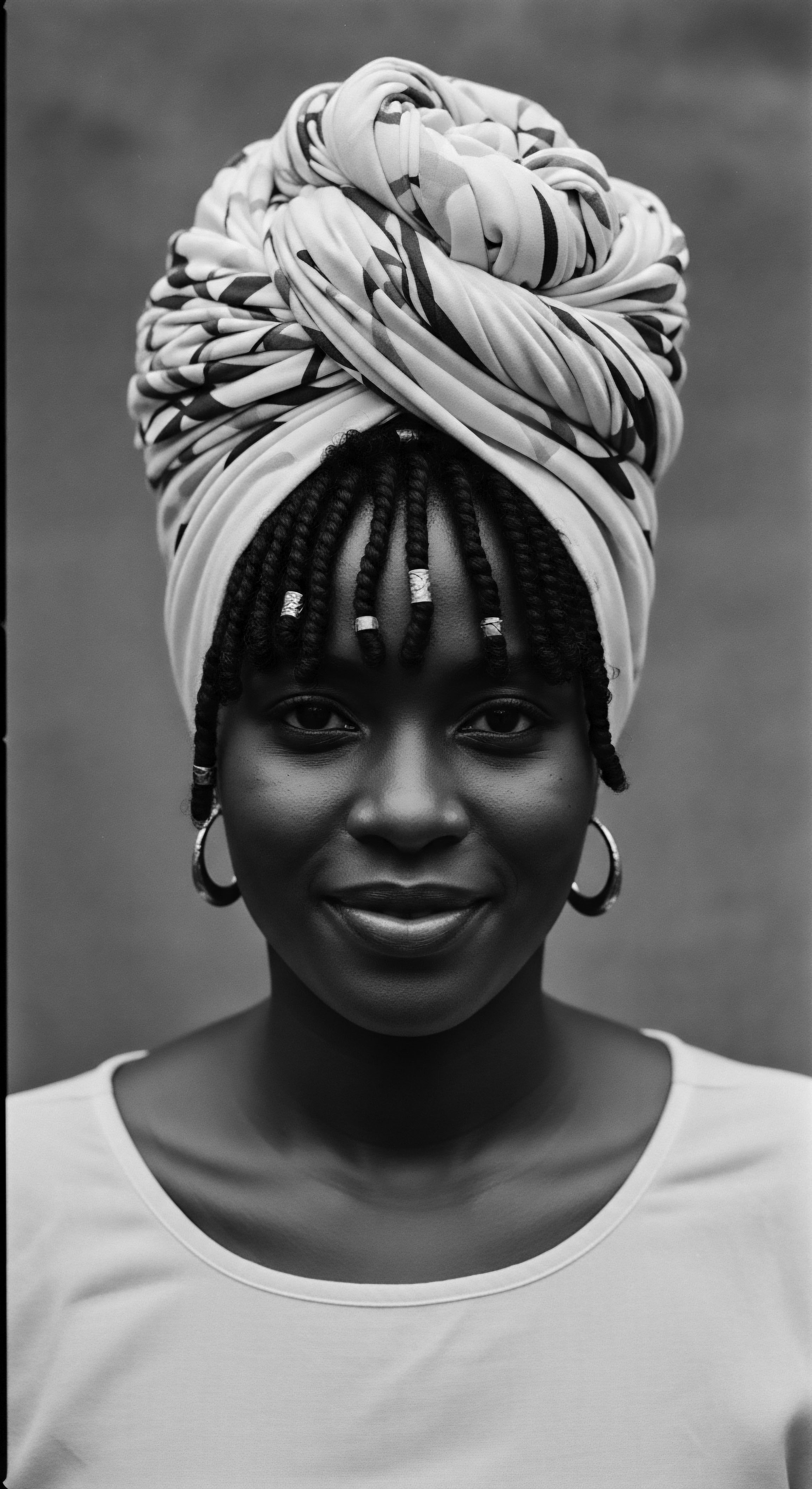
Why do modern head coverings matter for textured hair care?
Modern head coverings safeguard textured hair by extending ancestral practices of protection, preserving moisture and style, and affirming cultural identity.
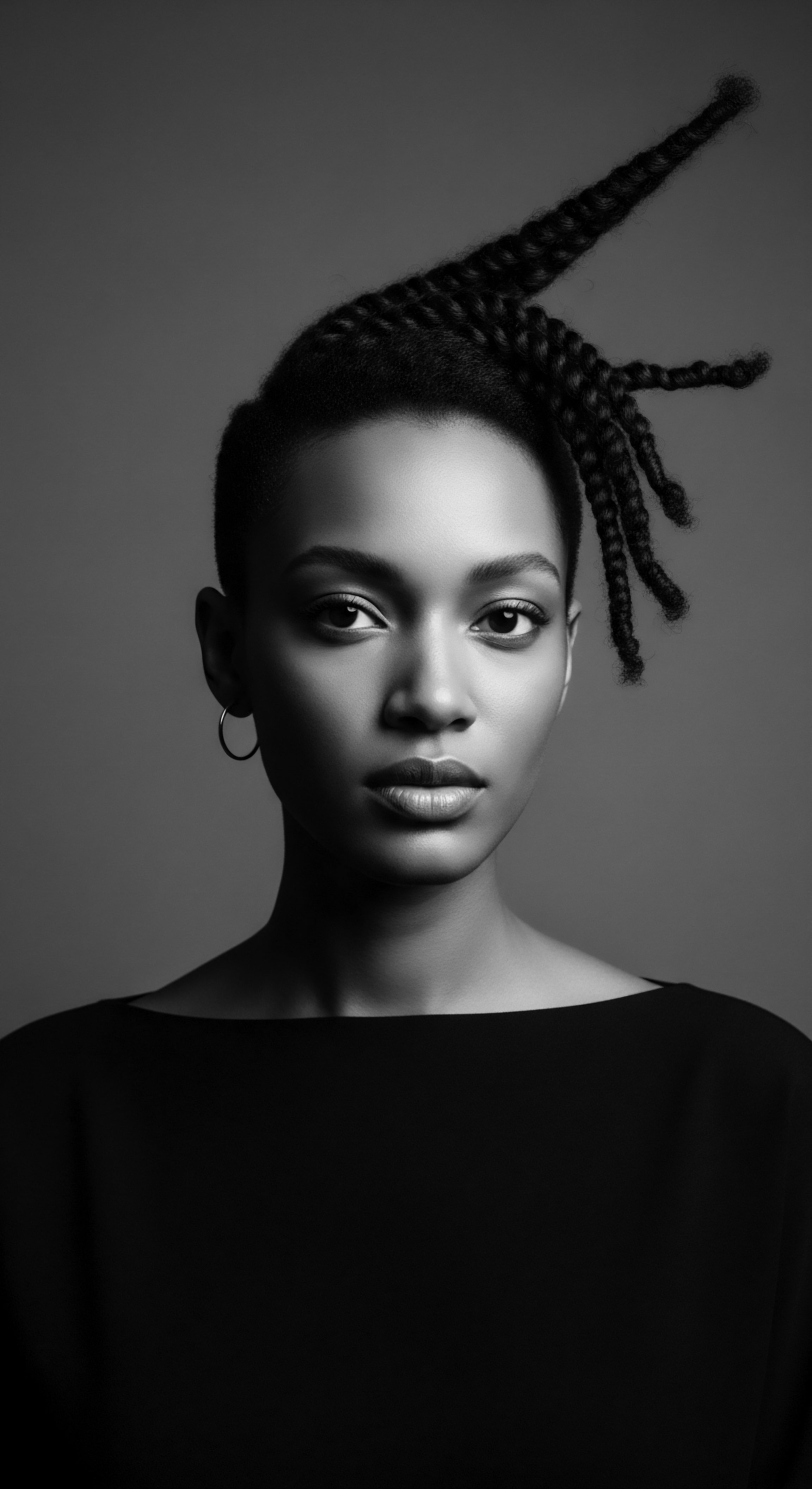
How did traditional cultures protect textured hair from UV damage?
Traditional cultures shielded textured hair from UV damage using physical coverings, ancestral botanical oils, and specific styling, honoring heritage.
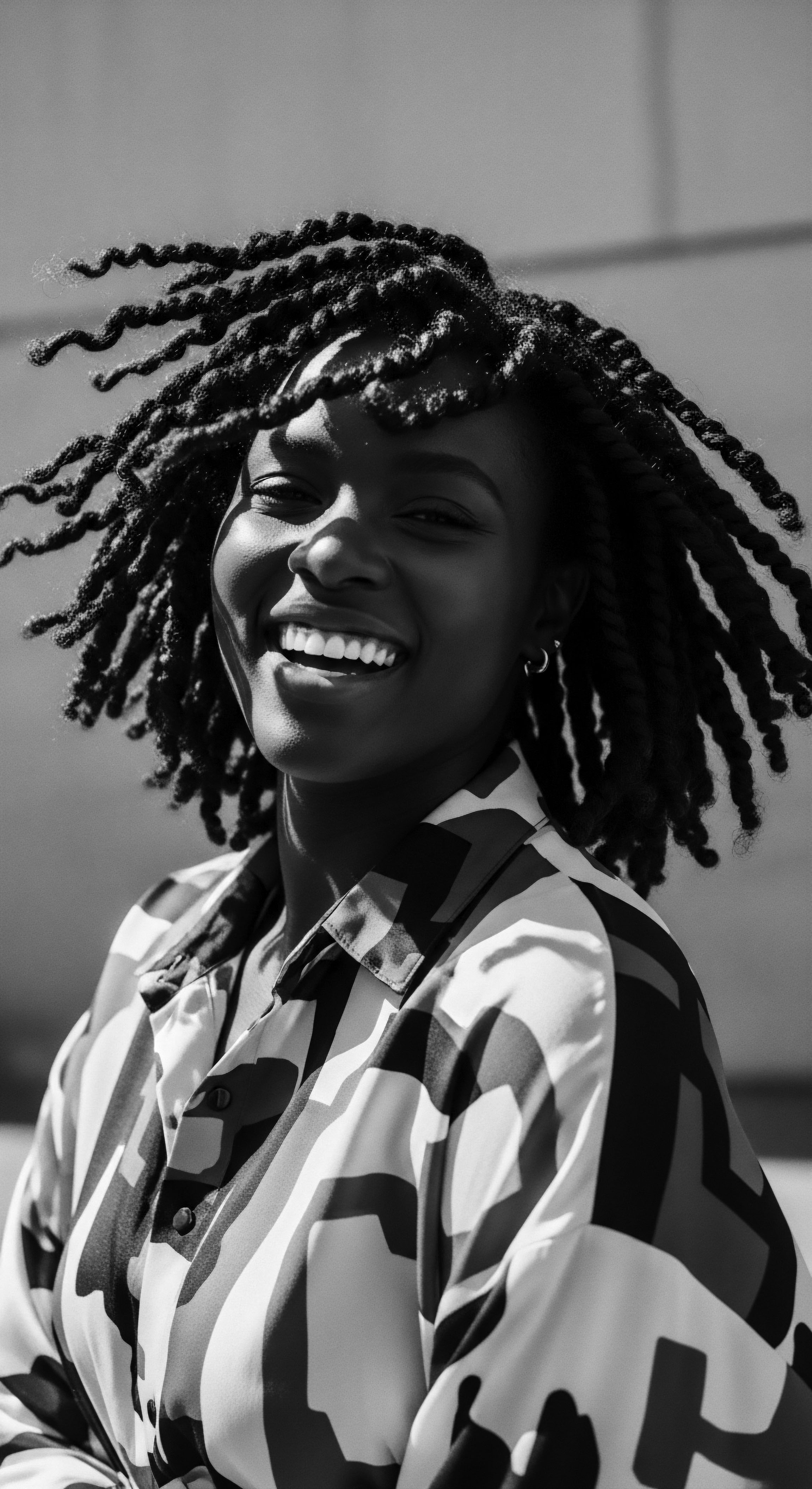
Did traditional hair coverings aid moisture retention for Black hair heritage?
Traditional hair coverings, often silk or satin, aided moisture retention by reducing friction and creating a humid microclimate around textured strands.
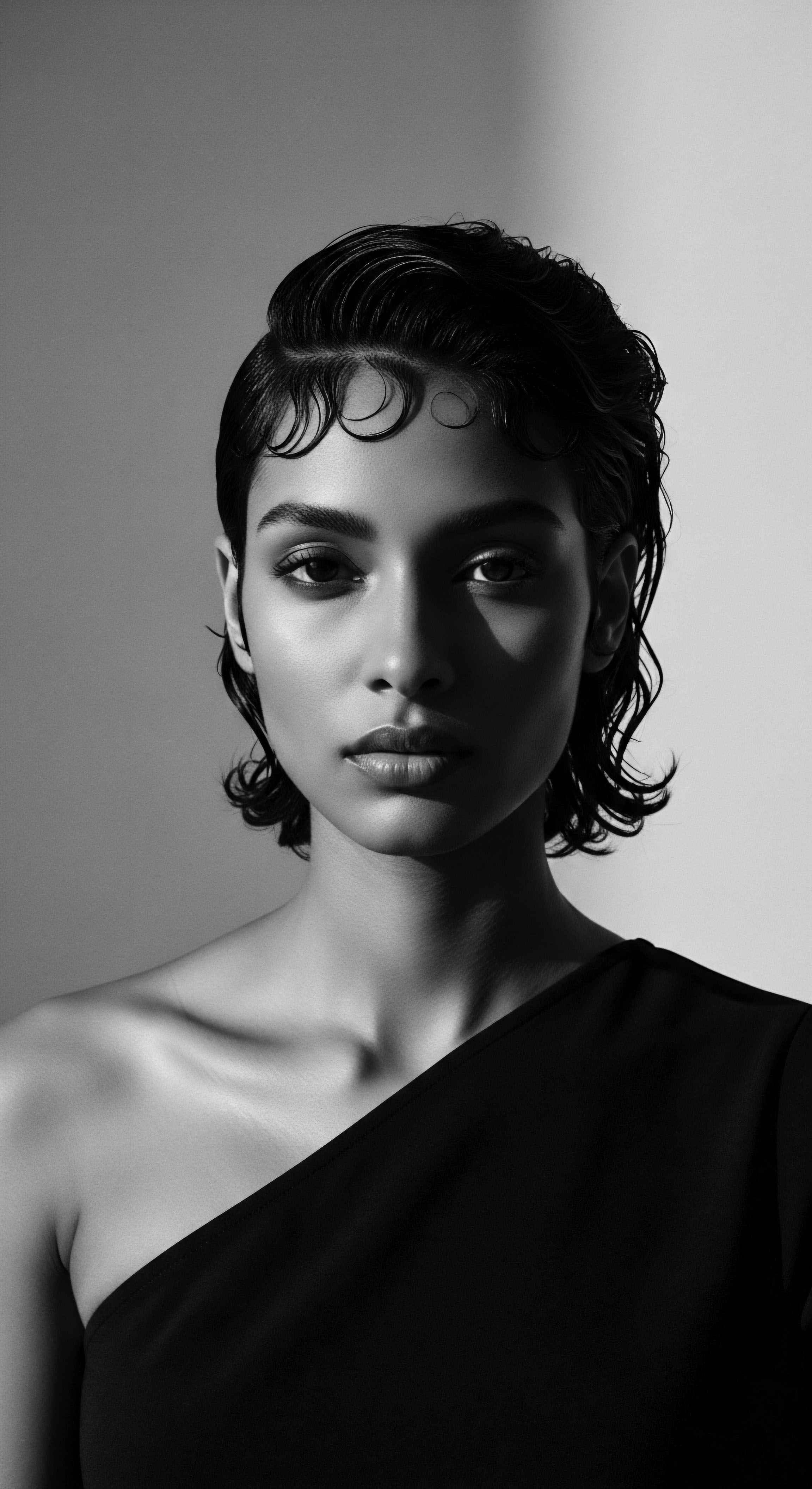
In what ways do bonnets uphold the historical significance of textured hair?
Bonnets uphold textured hair's historical significance by protecting its inherent beauty and serving as a symbol of cultural resilience.
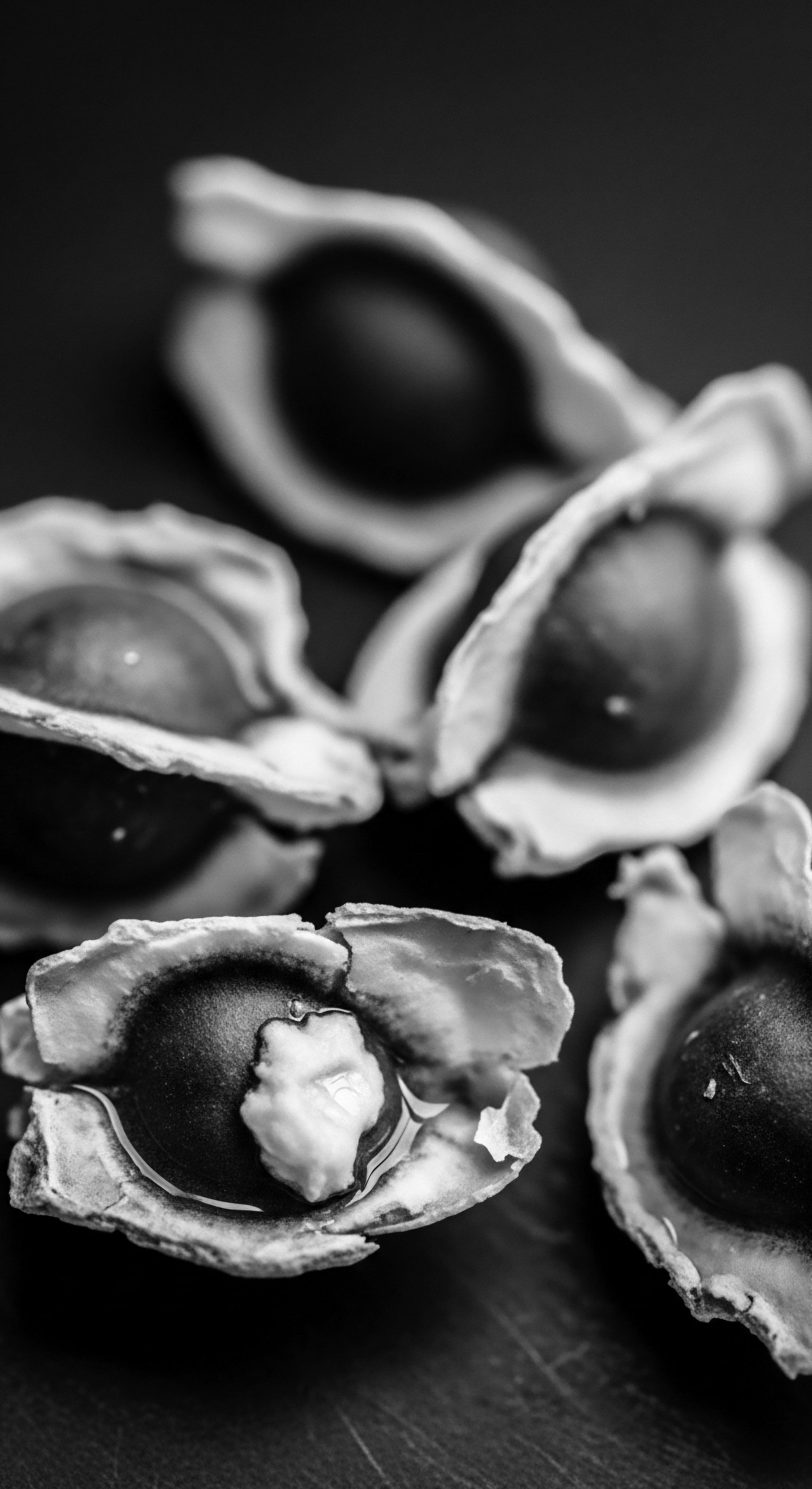
How does ancestral wisdom about head coverings align with modern hair science?
Ancestral head coverings provided crucial protection for textured hair, intuitively aligning with modern science to reduce friction and retain moisture.

What historical head coverings protected textured hair at night?
Historical head coverings protected textured hair at night by minimizing friction, retaining moisture, and serving as cultural markers of heritage and resilience.
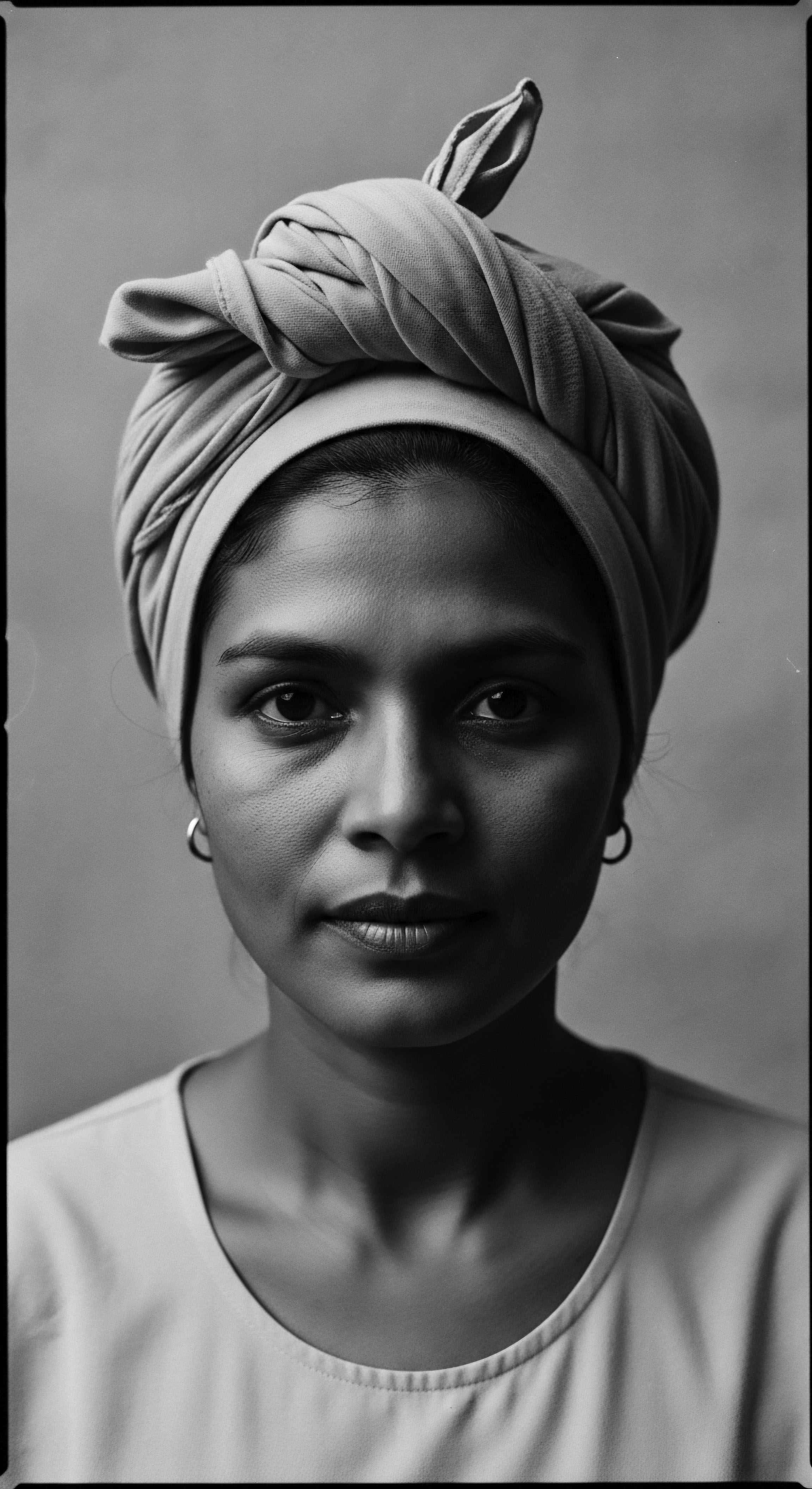
What scientific benefits do modern head coverings offer textured hair?
Modern head coverings protect textured hair from friction and moisture loss, extending ancestral practices of hair preservation.
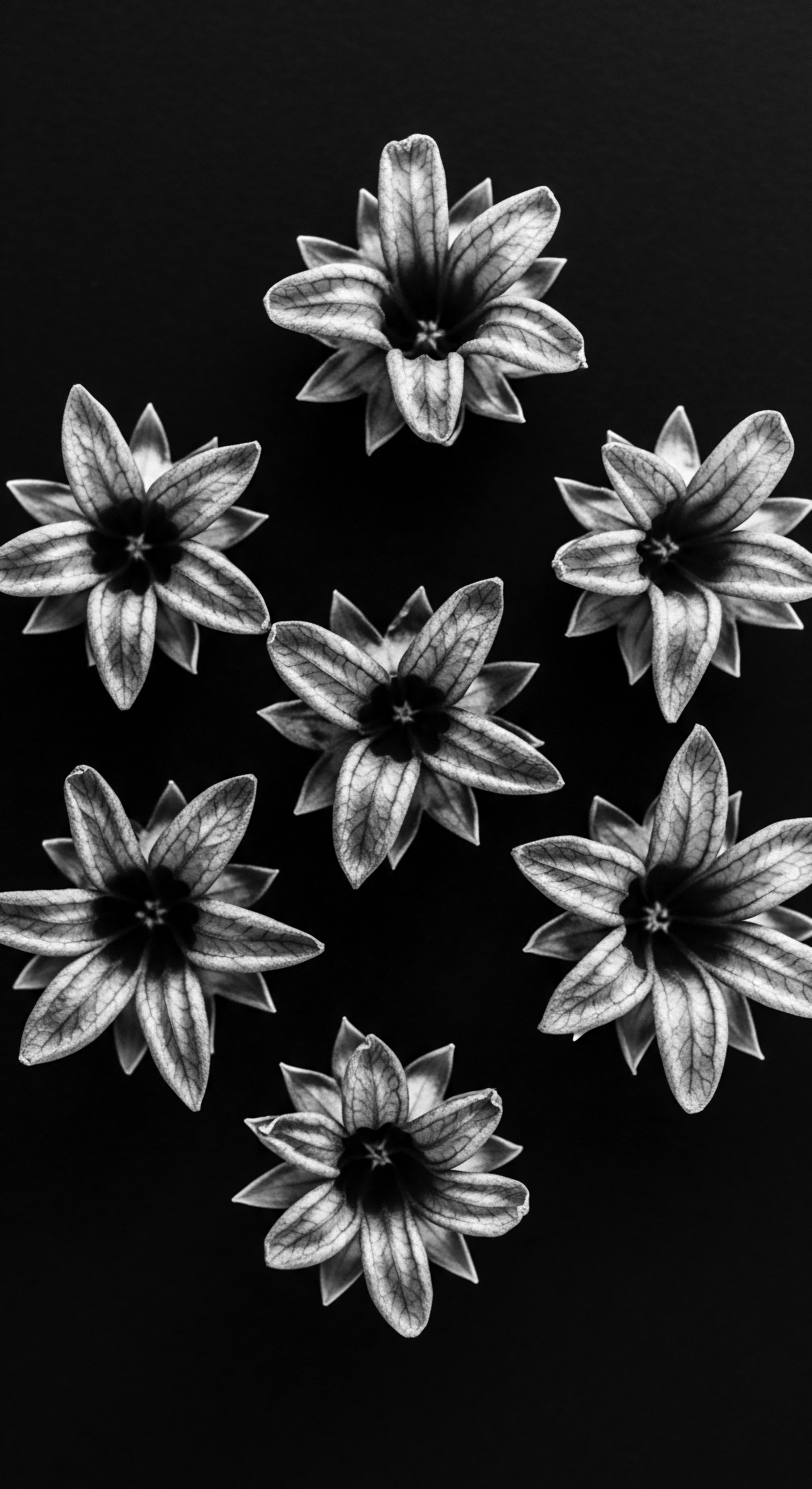
Which historical methods protected textured hair from environmental elements?
Ancestral methods protected textured hair from elements using styles, coverings, and natural ingredients, deeply tied to cultural heritage and resilience.
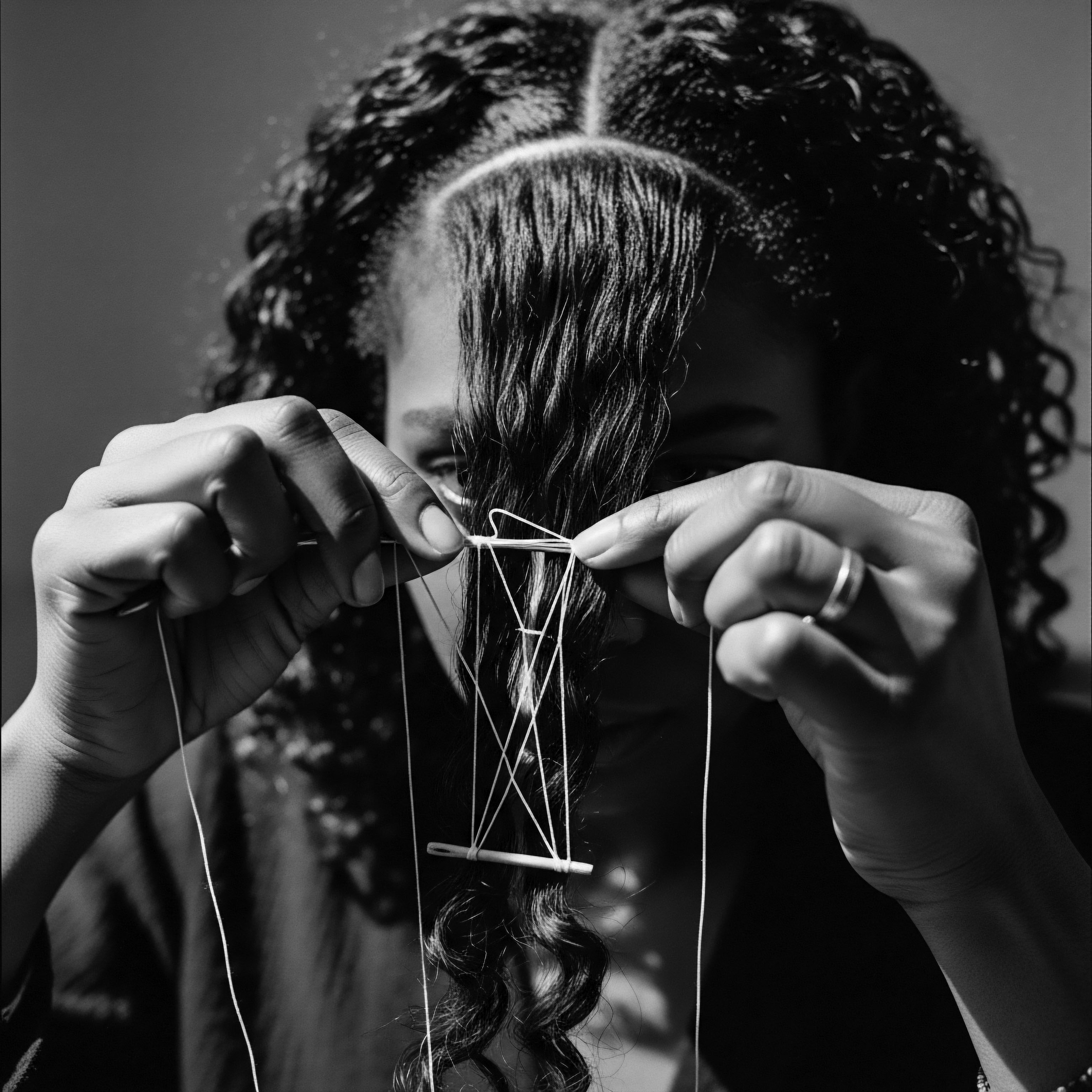
What cultural significance do head coverings hold for Black hair heritage?
Head coverings for Black hair heritage are protective layers, ancestral links, and enduring statements of selfhood for textured strands.

